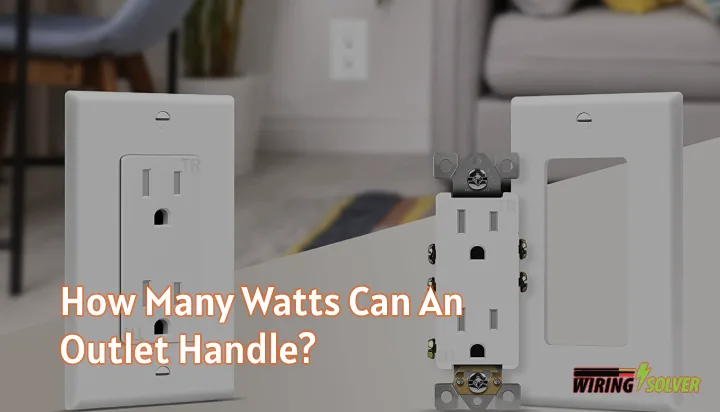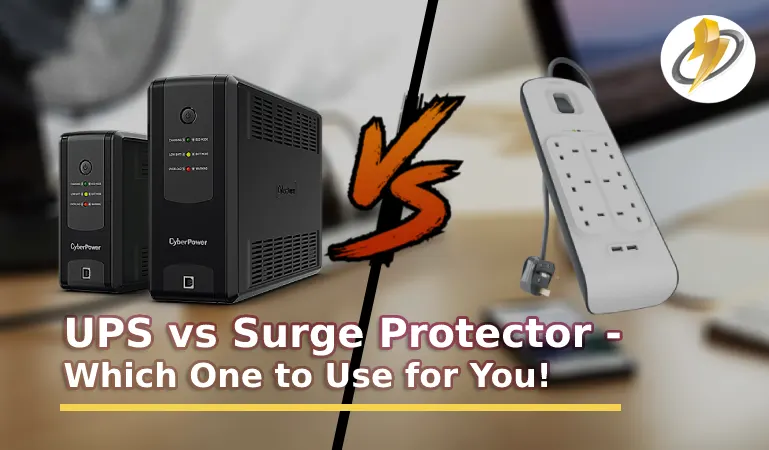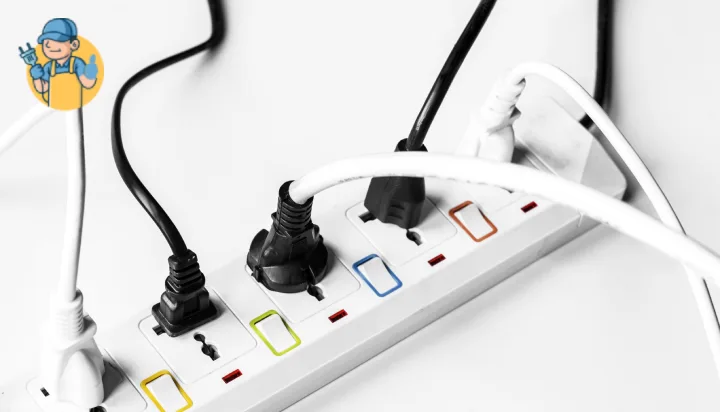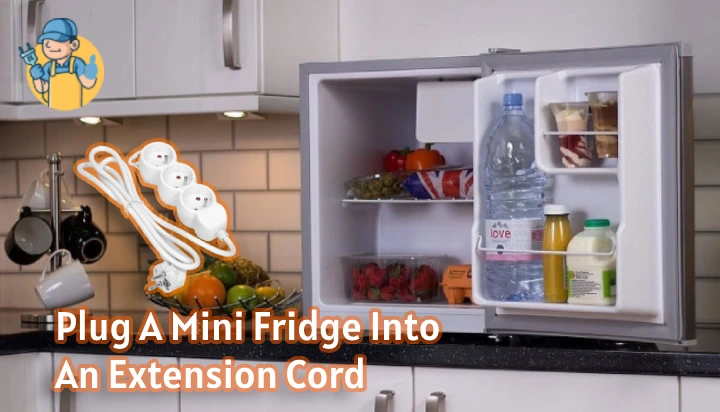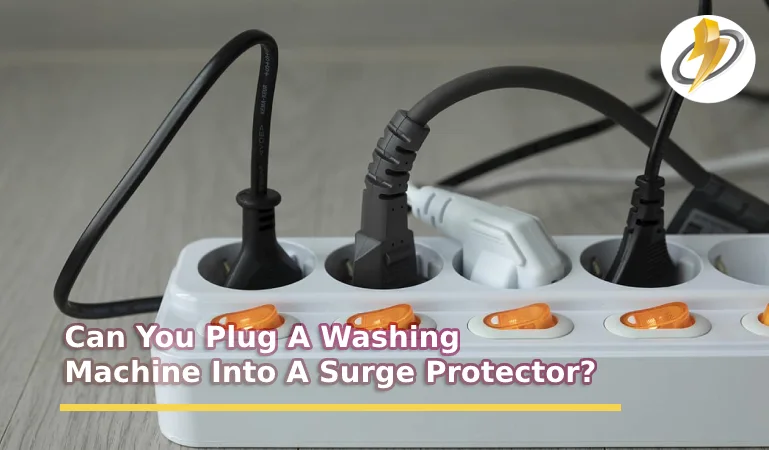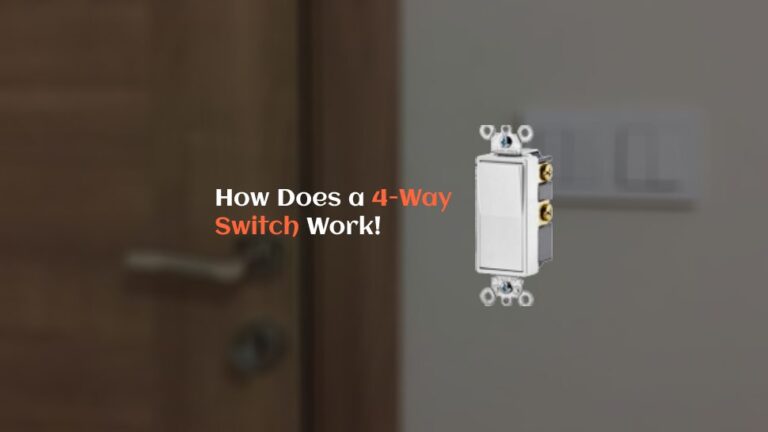To the naked eye, turning off a power strip might seem almost similar to unplugging it completely from the outlet. However, if you take a deeper look into it, that is not really the case.
There tend to be a couple of differences between turning off power strip VS unplugging.
If you do not unplug the power strip, it remains connected to power. Any sort of accident can lead to electrical hazards. On the other hand, turning it off can grant you much easier access. There are several more differences.
In this article, I will discuss the differences between turning off a power strip and unplugging it. As well as brief you on, which one you should choose for your specific application and setup.
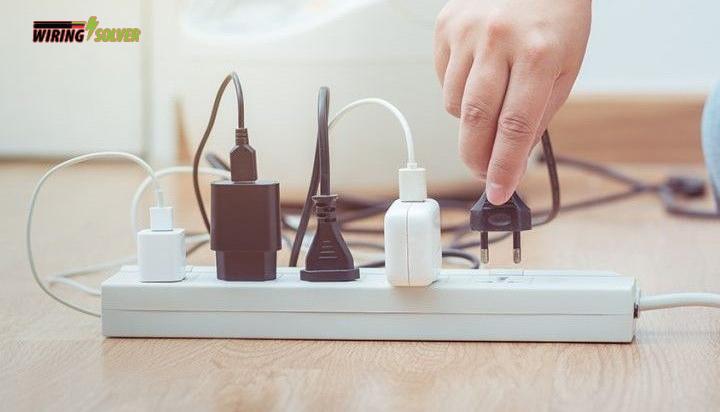
How Does a Power Strip Work?
The working principle of a power strip is pretty simple. What it does is basically extend one outlet into multiple sockets and distribute the power. It may contain one master switch or several individual switches.
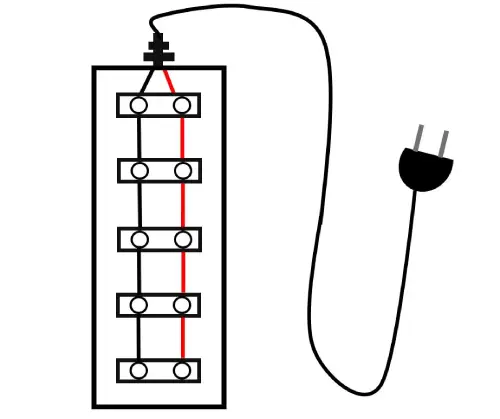
As can be seen in the above diagram (Fig 1), the cable of the plug extends into each of the sockets and is connected to each of them. When you plug an electrical appliance into a power socket, it is as if you plugged it into the wall outlet itself.
It follows a simple parallel configuration. This means that each socket is provided with the same amount of power, which is equal to the power supplied by the main outlet itself.
However, power strips often provide you with additional safety features, such as surge protection. Which requires a bit more of a technical configuration to acquire. Surge protection saves your electrical devices from any surges. An electrical surge is an excess supply of current that might fry a circuit if it is high enough.
Turning Off a Power Strip VS Unplugging It
Turning off a power strip can wield a different set of results than unplugging it completely from the outlet. These differences are showcased below.
Turning Off Power Strip VS Unplugging
| Differences | Turning Off | Unplugging |
| Water Hazard | Not safe from water hazards. | Safe from water hazards. |
| Hazardous Impact | Impacts are hazardous. | Impacts are not hazardous. |
| Child Safety | Unsafe. | Safe. |
| Lightning Strike | Can damage appliances. | Cannot damage appliances. |
| Electricity Consumption | More. | Less. |
I have listed some differences between turning off a power strip and unplugging it from the outlet.
Which Method is Best for You?
There are a number of factors that you must take into consideration before making a decision. It is half a matter of electrical safety and half about personal preference. These are showcased below.
Water Hazard:
It is completely possible to spill water or any sort of liquid onto your power strip. Accidents are not preplanned. If somehow your power strip is plugged into the outlet, it is still connected to electricity.
And as known, electricity, and water don’t go well together. It could easily create a short circuit and cause sparks. In worst-case scenarios, could even cause a fire if it is near flammable material. Not to mention the damage to your appliances. In such a case, it is way safer to keep the power strip unplugged.
Hazardous Impact:
Imagine a scenario, where you somehow fall on the power strip by accident, and the plastic shell breaks due to the force. Your body comes in contact with the terminals inside the power strip.
It might seem like a farfetched scenario, but not entirely impossible if you think about it. As all of us often trip and fall. In such a case, keeping it unplugged is a far safer alternative.
Child Safety:
The playful nature of kids is known to all. Poking into sockets and outlets out of sheer curiosity. And it’s not possible to monitor kids 24/7 as well.
So, considering their playful nature, any unplugged power strip is safer. Because as long as a power strip is connected to power, there is always a hint of danger. You should also keep any electrical equipment out of a child’s reach at all possible moments.
Lightning Strike:
Lightning strikes during storms can often cause electrical surges, and in turn, they might destroy any circuitry you have connected to the main power supply.
Even if you have a power strip with surge protection, the excess current may exceed the suppression limit for the surge protector. It is a rare case, but again, not impossible. Therefore, for the safety of your appliances, it is better to choose the unplugged option.
Electricity Consumption:
You may have noticed the indicator lights on electrical appliances. Anything that lights up, consumes electricity. And if you combine all the indicators of all your devices, and consider the fact that they run for 24 hours straight, you could accumulate a couple of bucks extra on your utility bill pretty easily.
So, unplugging a power strip is somewhat cost-effective.
These are some of the factors you have to keep in mind before opting to leave your power strip plugged in.
Summary
In this article, I have gone over the key distinctions between turning off a power strip and unplugging it.
Take into consideration which devices and appliances you will be using with your power strip, as well as the location of it.
I hope it will help you decide which is the best method for you. Whether it is turning off power strip VS unplugging it. Choosing an appropriate method will increase the longevity of your electronics as well as save them from any damage.

